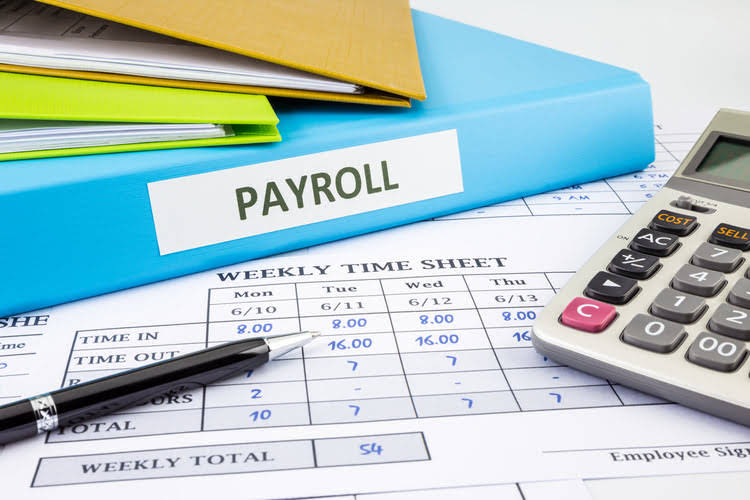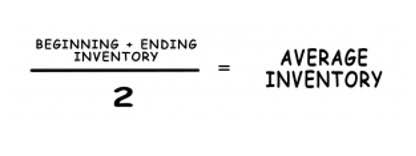
Gift cards have become an important topic for managers of any company. Understanding who buys gift cards, why, and when can be important in business planning. Also, knowing when and how to determine that a gift card will not likely be redeemed will affect both the company’s balance sheet (in the liabilities section) and the income statement (in the revenues section).
Interest revenue happens when investments pay interest. For example, a note receivable may pay $100 interest. Land includes the cost of real estate used in the business.
Issuance of Supplier Payments
The module automatically creates a journal entry that debits either cash or the accounts receivable account, and credits the sales account. There may also be a credit to the sales tax liability account. The General Ledger contains all entries from both the General Journal and the Special Journals. This double-entry procedure keeps the accounting equation in balance.
Disputing charges on bank statements can be difficult for contactless … – News 3 WTKR Norfolk
Disputing charges on bank statements can be difficult for contactless ….
Posted: Tue, 31 Oct 2023 12:55:07 GMT [source]
Consideration must be taken when numbers are inputted into the debit and credit sections. Then, finally, the transaction is recorded in a document called a journal. A journal is the first place that a transaction is written in accounting records. This entry records your payment by debiting your utility expense account and crediting cash. Using double-entry accounting, this process will need to be completed for each transaction that you record. Expenses increase by debits (left side) and decrease by credits (right side) to the account.
Journal entries for business transactions
Let’s look at one of the journal entries from Printing Plus and fill in the corresponding ledgers. Colfax Market is a small corner grocery store that carries a variety of staple items such as meat, milk, eggs, bread, and so on. As a smaller grocery store, Colfax does not offer the variety of products found in a larger supermarket or chain.
- The debit is the larger of the two sides ($5,000 on the debit side as opposed to $3,000 on the credit side), so the Cash account has a debit balance of $2,000.
- In addition to running Choice Tax Relief, Logan also owns the personal finance blog Money Done Right, which educates thousands of readers a day about making, saving, and investing money.
- We use the debit and credit rules to record business transactions.
- Retained earnings are the accumulation of all previous years’ net income minus all the annual dividends.
- Rent expense is a payment to rent assets like an office, cars, or equipment.
- To begin, let’s assume John Andrews starts a new corporation Andrews, Inc.
Every financial activity, such as sales, purchases, borrowings, payments, etc., needs to be recorded to ensure that the financial statements of the organization accurately reflect its financial position and performance. This is posted to the Cash T-account on the debit side. You will notice that the transactions from January 3, January 9, January 12, and January 14 are listed already in this T-account. The next transaction figure of $2,800 is added directly below the January 9 record on the debit side.
Payroll entries
When recording accounting transactions, the double-entry method is a system bookkeeping where every entry to an account requires an opposite entry to a different account producing balanced journal entries. The double-sided journal entry comprises two equal and corresponding sides, known as a debit (left) and a credit (right). It will ensure that total debits will always equal total credits. When employees are to be paid, the accountant enters the pay rates and hours worked of all employees into the payroll module of the accounting software. The module automatically creates a journal entry that debits the compensation and payroll tax expense accounts, and credits cash. This can be quite a complex entry, since it may also address garnishments and other deductions, and separately record several types of payroll taxes.
State agencies shall ensure all forms are digitally available and can accept e-Signatures. When an electronic form is transmitted to a state agency, the chain of approval of all those required to sign that document must be clear and unambiguous. All parties required to sign must have unequivocally approved the same document. This policy does not affect a state agency’s right or obligation to have forms be provided or made available in alternate formats when required by applicable policies, laws, or regulations.
Working across the country, the Foundation brings young people from low-income backgrounds and employers together by delivering paid employability skills programmes. Over the last financial year, the EY Foundation delivered 60 programmes across the UK. It supported nearly 3,000 young people, worked with over 350 employers, and https://www.bookstime.com/articles/absorption-costing created over 3,000 volunteering opportunities. The Foundation celebrates its 10-year anniversary next year and has supported over 20,000 young people since the charity was created in 2014. EY reduced its UK energy consumption by 21% compared to 2019 (baseline year), with 100% being backed by renewable energy certification.
You need to be disciplined otherwise whenever your motivation will come down, you won’t be having the urge to study. If you’re disciplined, you’ll prepare yourself recording transactions to study even if you don’t feel like doing so. Stick to your schedule regardless of all the distractions around you and that’s the key to success.


